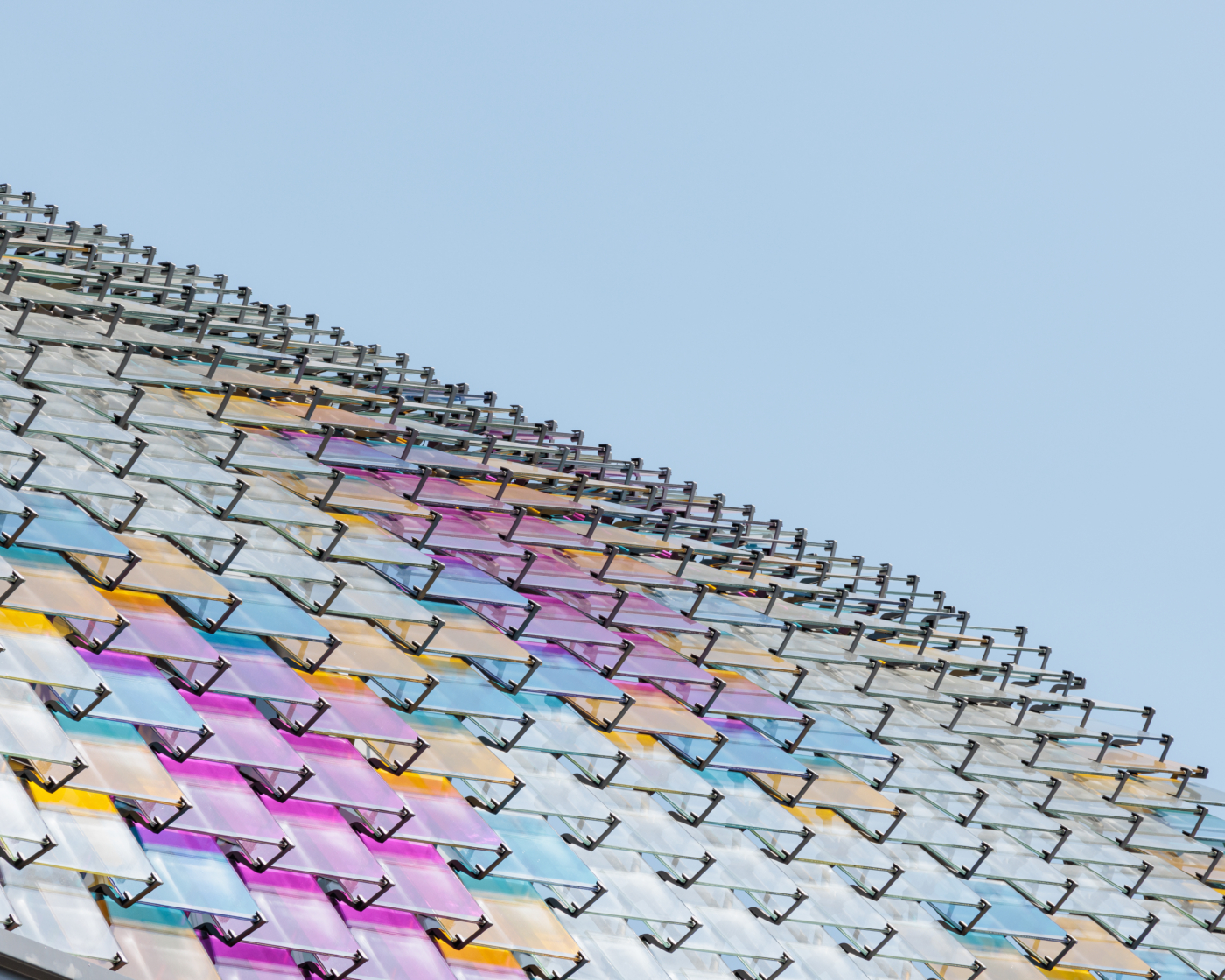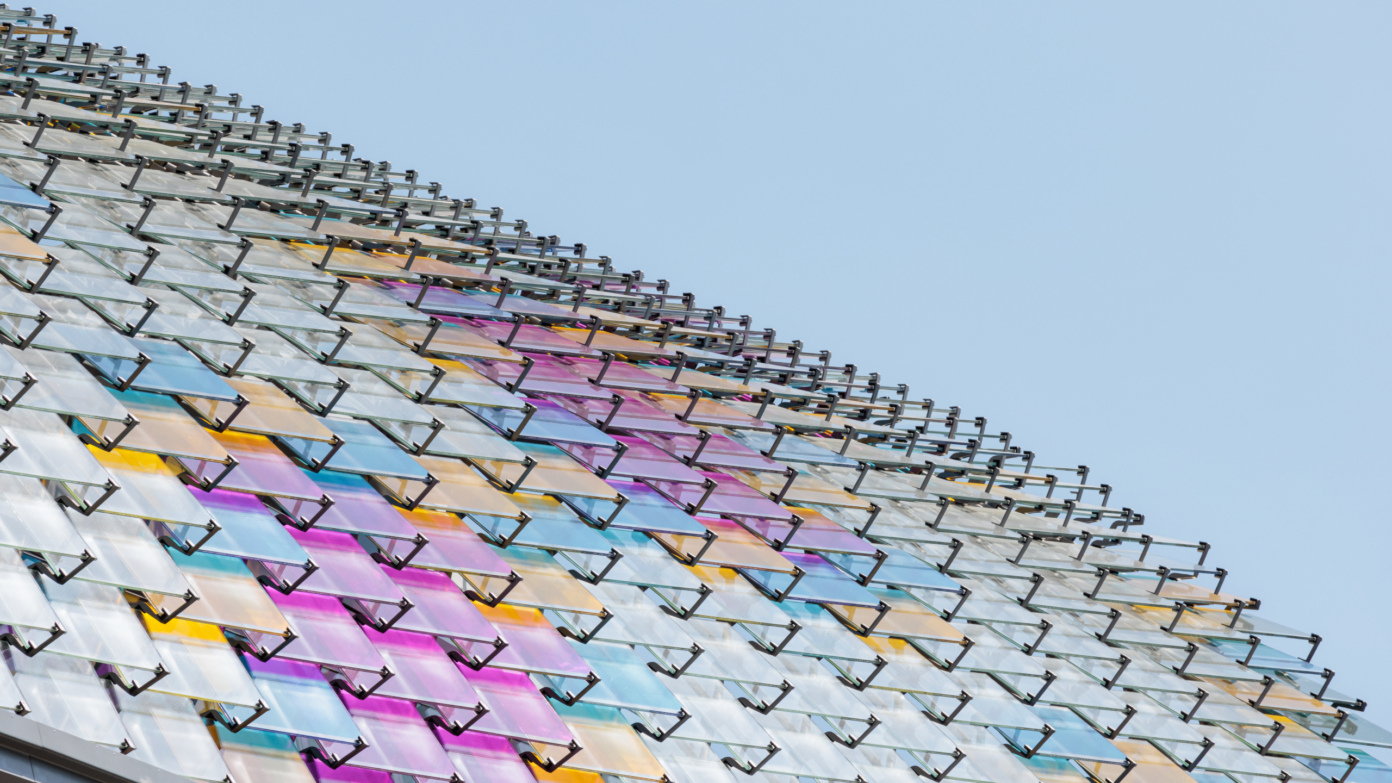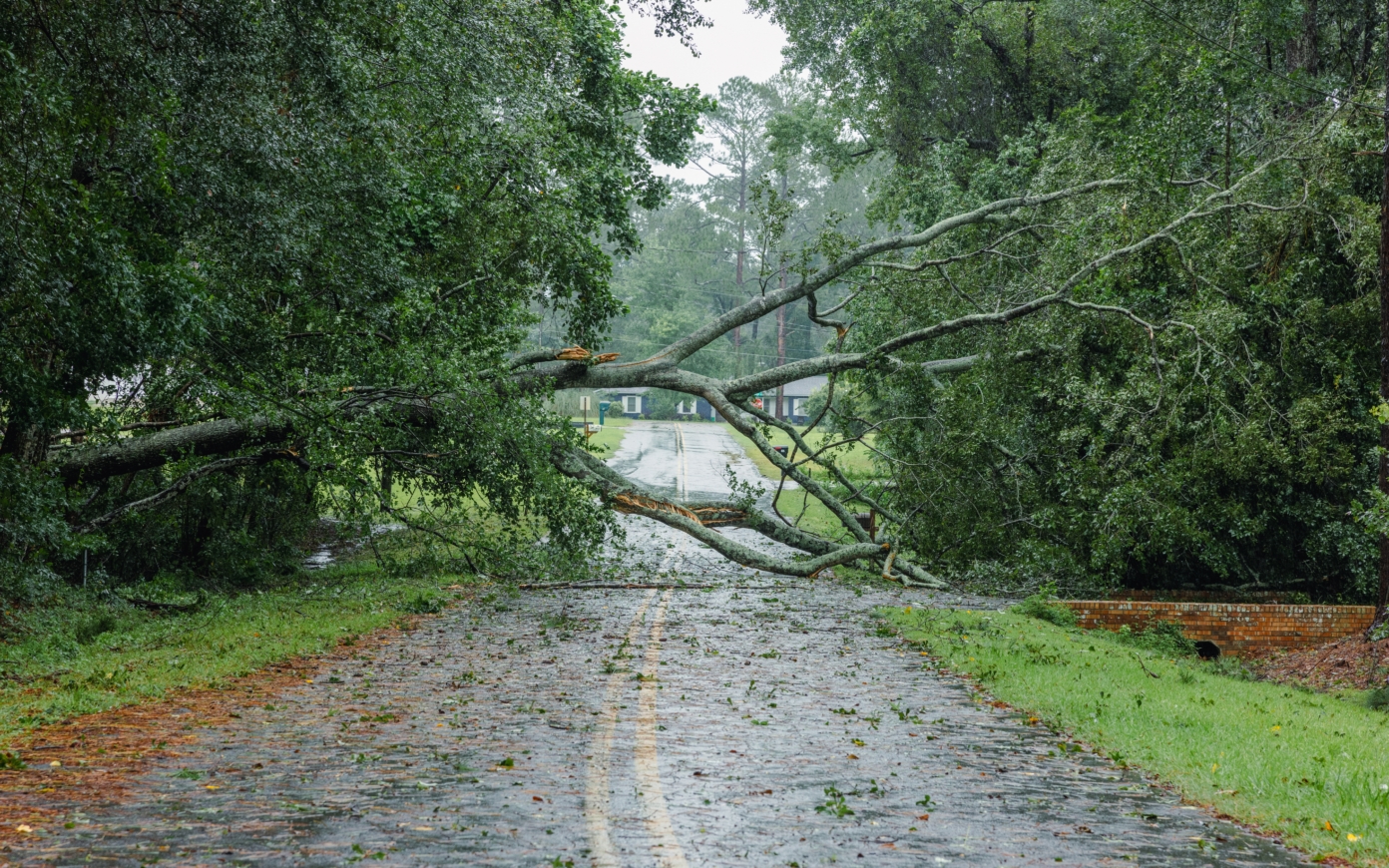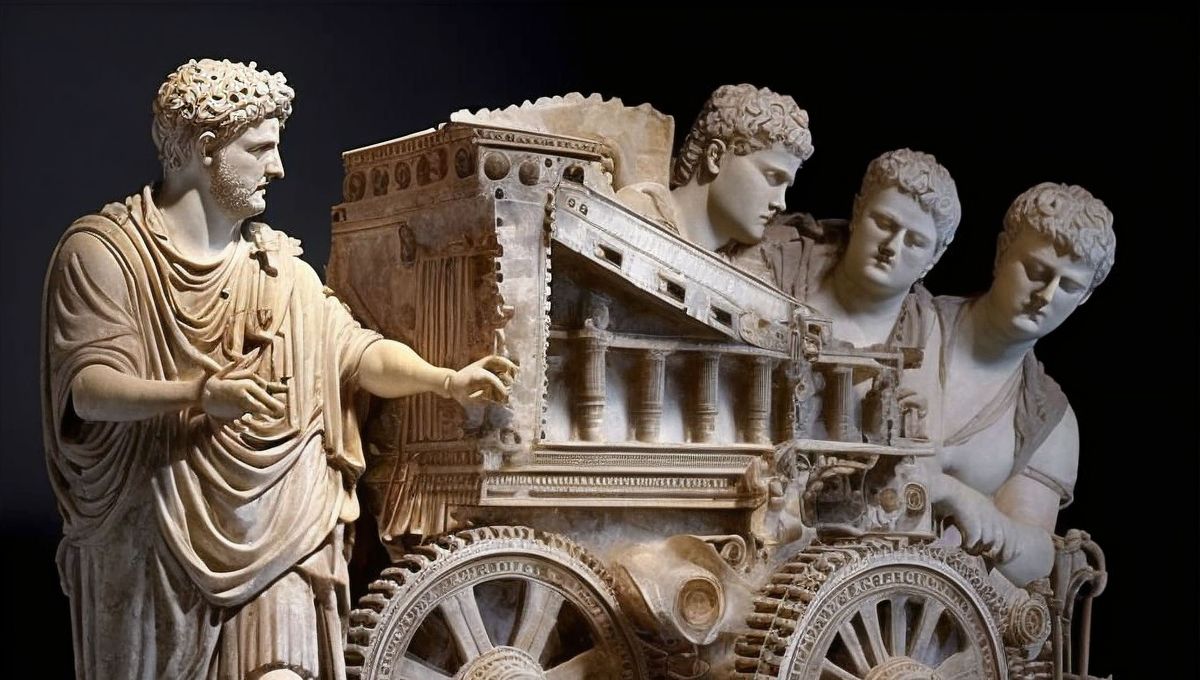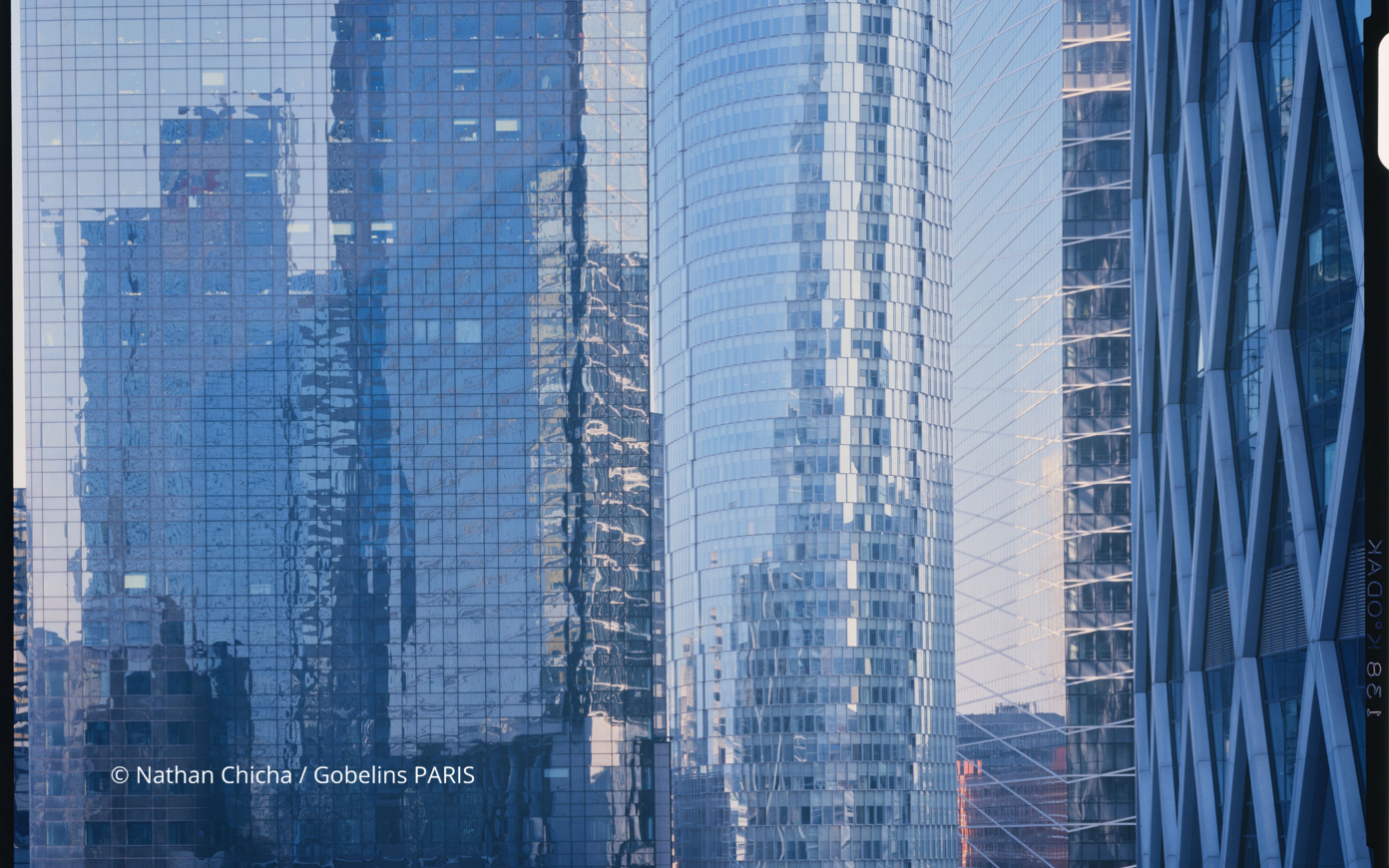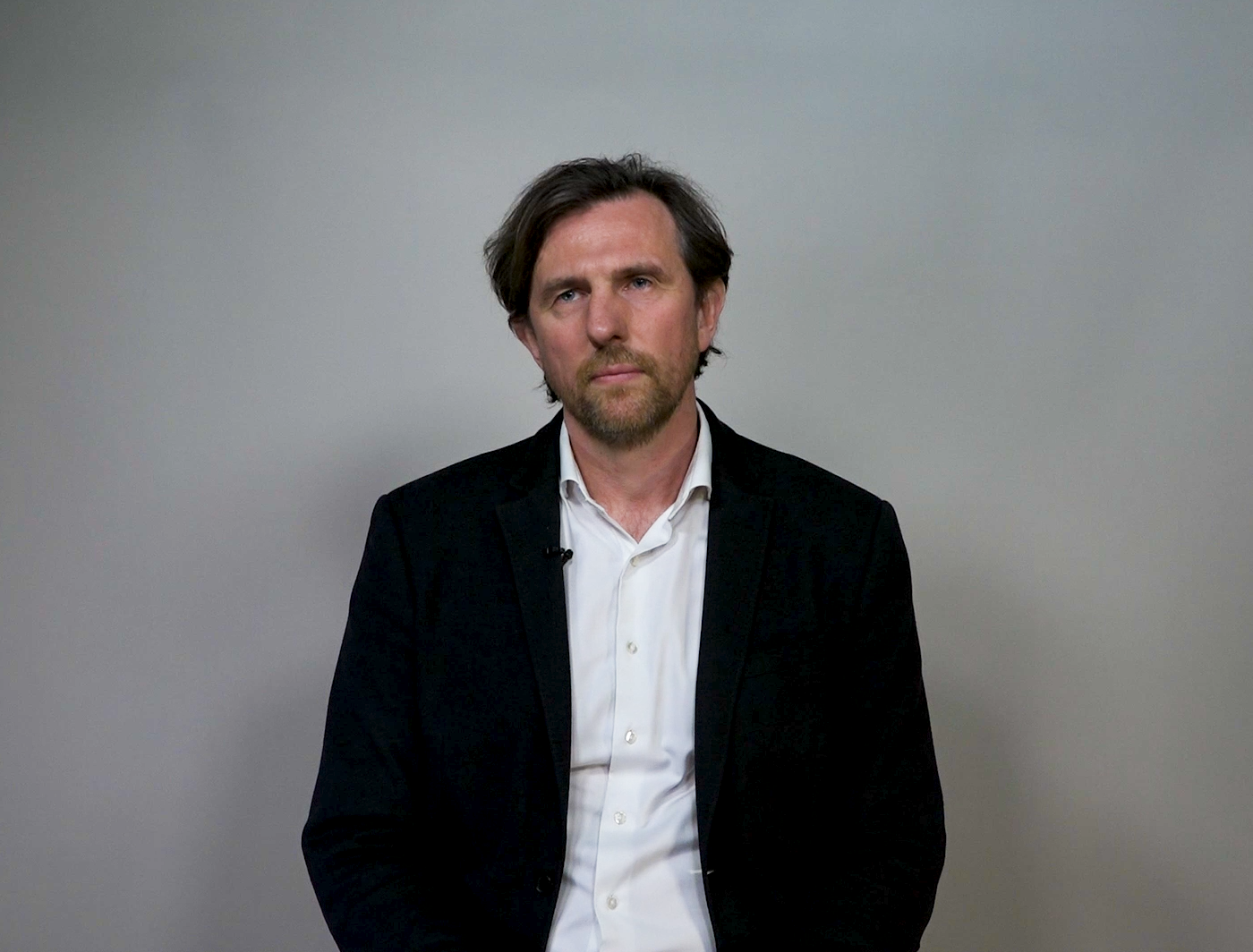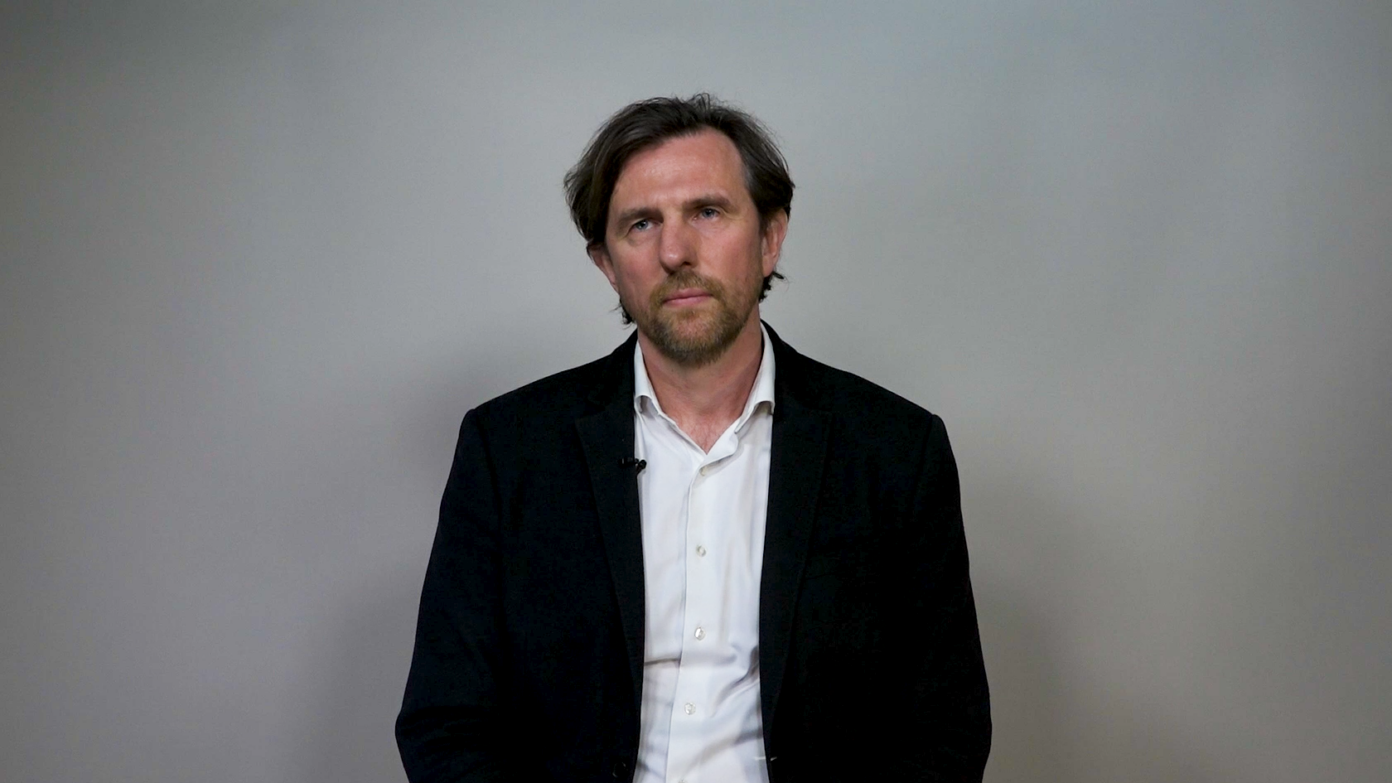You are the founder of Le Laboratoire and a professor at Harvard University. You describe yourself as an “inventor,” but what do you invent?
I’m interested in inventing the human future. I think this is impossible today without collective cultural participation. My early work related to applied mathematics and, given the nature of my part of the world, I was moved to consider the problem of inhaled insulin. Eliminating injections for the delivery of insulin was a big focus of the pharmaceutical industry in the late 90s, and I invented a new way to do it, more cheaply and simply than was common at the time. I continued to invent new therapies and vaccines for infectious diseases like tuberculosis. For the last ten years, I’ve been in a much more direct creative dialogue with the public, via Le Laboratoire first in Paris, and then here in Boston. All of my inventions have been related to health and the environment and, in general, sensorial design. A place like Le Laboratoire, which invites the public to participate in experimentation, is well suited to exploring sensory design and what it means to how we will live tomorrow, a major issue right now in healthcare, food, and the environment. How do we design our sensory life so that we are actually able to thrive while contributing to a sustainable planet? We don’t know how to do that in contemporary conditions. Actually, technologies exist, as does science, to live in this sustainable way. It’s just that we are not living properly, or not asking to live properly. It’s not our fault in a way, many of our life habits go back to our primitive survival. We need to change human behavior. This is a very hard thing to do, so I’m interested in that and most of my inventions relate to that.
This is at the core of the questions we are trying to answer with our research—how can we build a sustainable world? How can we achieve this change in behavior? And can technology help us reduce our impact on the planet?
Changing the world and changing human behavior is a collective act. It begins, from an inventor’s perspective, with listening to and watching people very carefully and communicating—aesthetically expressing—effectively. This dialogue about the future is fundamentally the matter of culture. I view living culture at any given moment as a conversation about tomorrow. Tomorrow is inevitably ambiguous—the future has never existed outside our imagination—and so people have no clue, none of us does. Anybody who says they have a clue, is the most clueless of all. Whatever relevant thing that can be said is inevitably an artistic expression or a work of art.
So, we have invented things like edible packaging or breathable food, or digital scent. These were all, at the moment of their invention, fundamentally cultural ideas. As practical ideas, none of these things were obvious. Even if you could make edible packaging would anybody want to actually eat it? Or would anybody be able to sell it? This was hardly a commercial idea. While interesting to contemplate, such ideas about the future are so far removed from reality, so what do you do to help them evolve? You create an environment where that cultural dialogue can happen.
I do believe that in engaging the future, it’s important to respect three process phases. The first involves engaging with and learning from different people with different expertise, who will surprise you. This leads to new ideas. Then, you need a place of experimentation where you’re able to take risks and fail, and pay a price in a certain sense. Finally, you need to actually take the ideas to people and create sustainable kinds of interventions. If you look at the most creative cultures or communities, like Silicon Valley for tech or Boston for biotech, these three phases are evident, for instance in the existence of Stanford, valley startups, and Apple. These phases or environments involve different kinds of values really, and their coexistence is critical, which is what we try to manage here at Le Laboratoire and in all my work.
There is something particularly interesting in the way you connect art and natural sciences.
Artscience is fascinating. It is as non-intuitive as the name suggests and yet the oldest principle of creation. Our brains are programmed to be intuitive and deductive in their most performative. The things that have endured the most when it comes to human creation came about through a mix of processes we separate today in our institutions. Over the last few hundred years, we have lost sight of the most basic ideas of our survival. With the insights of modern science, and the parallel advance of technology, we have grown adept at rapid innovation, rapid change, and a kind of hyper-deductive approach to the future, as if intuition, uncertainty, and ambiguity had secondary relevance. This has led to massive change, and many amazing advances. But it has also led to a dearth of sustainability. Over the last couple of decades, this challenge of sustainability—we have created a remarkable world, and it cannot last—has promoted a movement of resources to long-term thinking, related to the environment, health, wellness, and culture generally. It has also led to a movement of creators toward long-view thinking and creating. This zone of creative activity is where the aesthetic process flourishes, moving naturally between the arts and sciences, and its expansion explains why organizations like mine, Le Laboratoire, have emerged, and we now find artists and scientists—chefs, perfumers, engineers, and others—collaborating and creating tomorrow. I am part of this movement. I am hardly alone. Here in the Harvard-MIT area, there are multiple labs that have dedicated lab space to artists, where artists are invited to be artists, to the benefit of the overall research agenda. The students who come to Harvard University are also living in so much more of an interdisciplinary world than the one we grew up in. My intuition is that this way of thinking, which seemed so extreme just ten years ago, will not appear so extreme at all ten years from now.
Architecture falls somewhere in the liminal spaces between technology and art when confronting sustainability. It’s critical that in our design process we are simultaneously thinking as the scientist with big data and computational engineering whilst also being open to aesthetic sensibility and individuality. Have you ever had to approach that? I know you work with designers, maybe with architects as well?
Yes. Design and architecture are sort of canonical practices of artscience as you say. What interests me is where design and architecture are asked to change, constantly, as I think they are today, so that they are less practices of hypothesis and optimization and more practices of research and experimentation. I am really intrigued by the notion that design and architecture are moving toward a navigation or expression of aesthetic processes, that they become a kind of language by which we express change, a vocabulary of our conversation about tomorrow.
How do you think we will combine humanity, technology, and nature in the future?
We are in an era right now where the distinction between the artificial and the natural is vanishing. Even if we ignore issues like prosthetics and other obvious composites of the natural and the artificial, the reality is that there is so much real-time modification of our own biology and of our ecology generally speaking that we are in this rapid evolutionary mode. We are blending into the artificial. Whether it is our clothing or the urban design around us, the boundary between the living creature and the environment is disappearing. Some of the most interesting work happening in design and architecture has to do with this symbiotic relationship between the living and the non-living, and technology plays a critical role in that. This phenomenon of fusion is also accompanying a remarkable advance in our understanding of the human brain.


